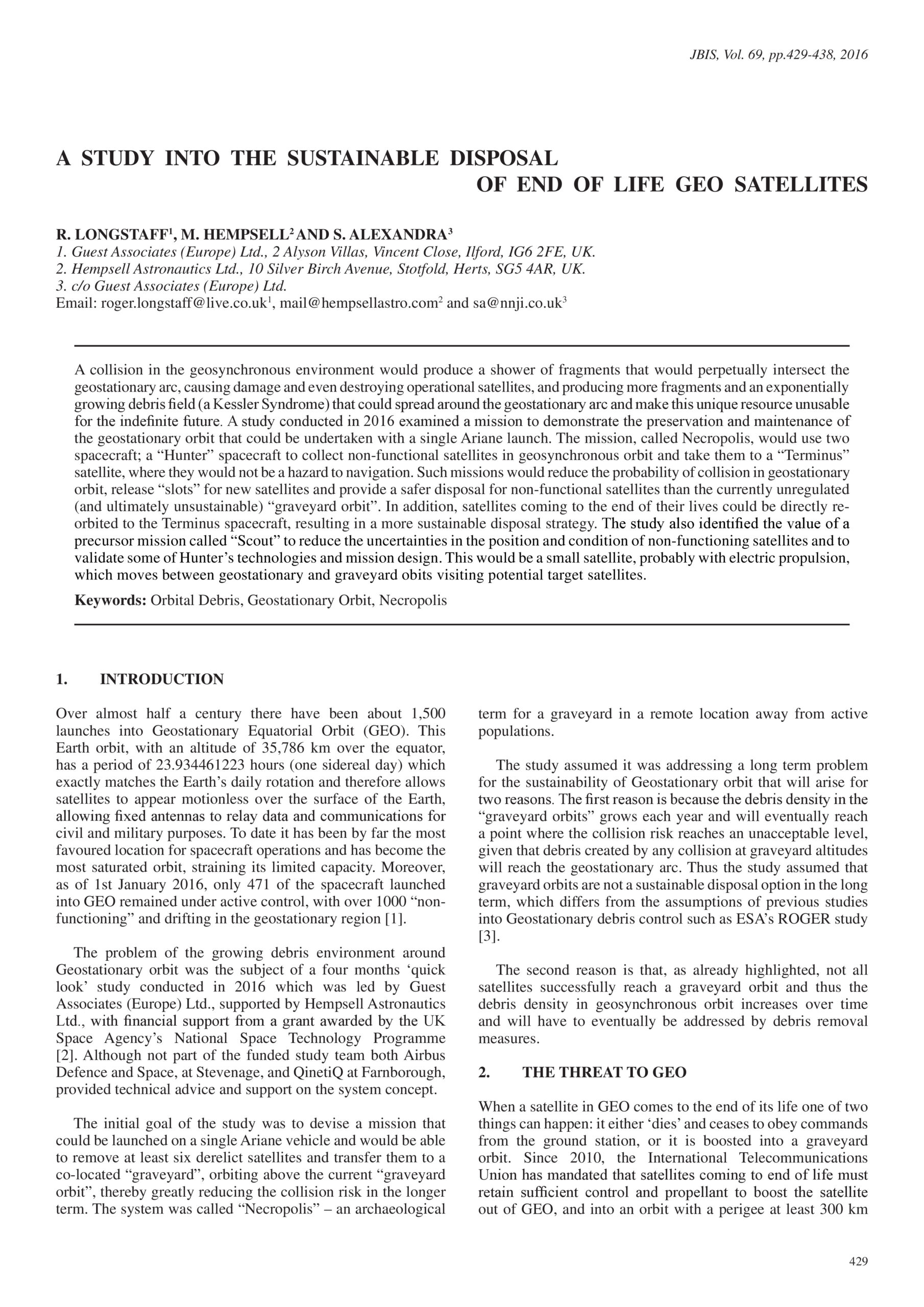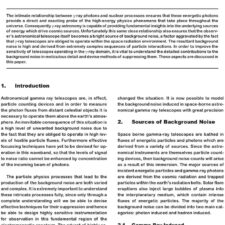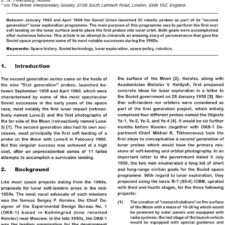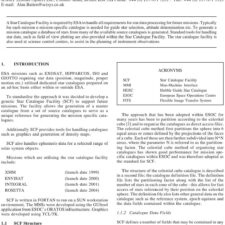A Study into the Sustainable Disposal of End of Life Satellites
£0.00
R. Longstaff et al. (2016), JBIS, 69, pp.429-438
Refcode: 2016.69.429
Keywords: Orbital Debris, Geostationary Orbit, Necropolis
Abstract:
A collision in the geosynchronous environment would produce a shower of fragments that would perpetually intersect the geostationary arc, causing damage and even destroying operational satellites, and producing more fragments and an exponentially growing debris field (a Kessler Syndrome) that could spread around the geostationary arc and make this unique resource unusable for the indefinite future. A study conducted in 2016 examined a mission to demonstrate the preservation and maintenance of the geostationary orbit that could be undertaken with a single Ariane launch. The mission, called Necropolis, would use two spacecraft; a “Hunter” spacecraft to collect non-functional satellites in geosynchronous orbit and take them to a “Terminus” satellite, where they would not be a hazard to navigation. Such missions would reduce the probability of collision in geostationary orbit, release “slots” for new satellites and provide a safer disposal for non-functional satellites than the currently unregulated (and ultimately unsustainable) “graveyard orbit”. In addition, satellites coming to the end of their lives could be directly reorbited to the Terminus spacecraft, resulting in a more sustainable disposal strategy. The study also identified the value of a precursor mission called “Scout” to reduce the uncertainties in the position and condition of non-functioning satellites and to validate some of Hunter’s technologies and mission design. This would be a small satellite, probably with electric propulsion, which moves between geostationary and graveyard obits visiting potential target satellites.





